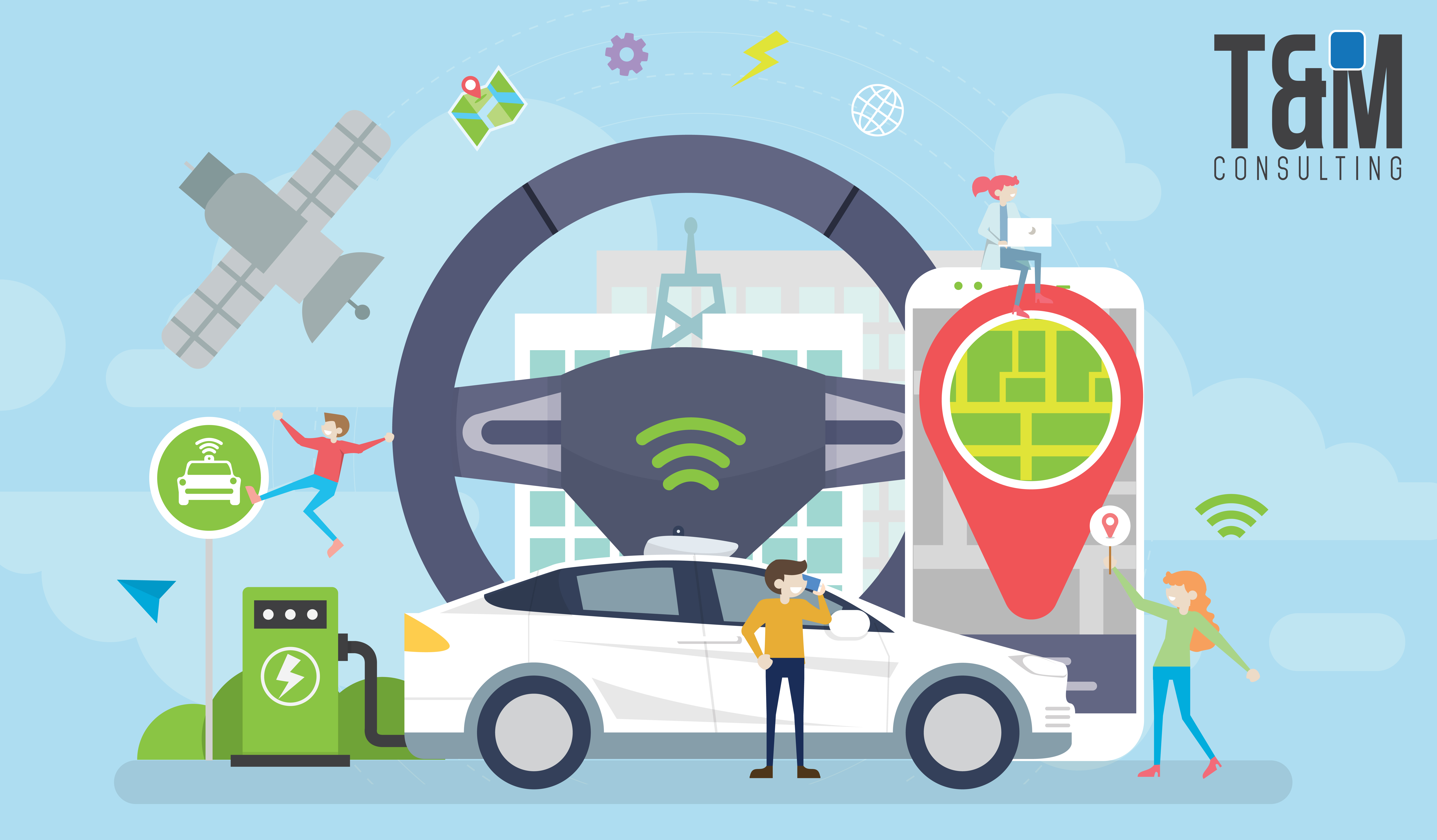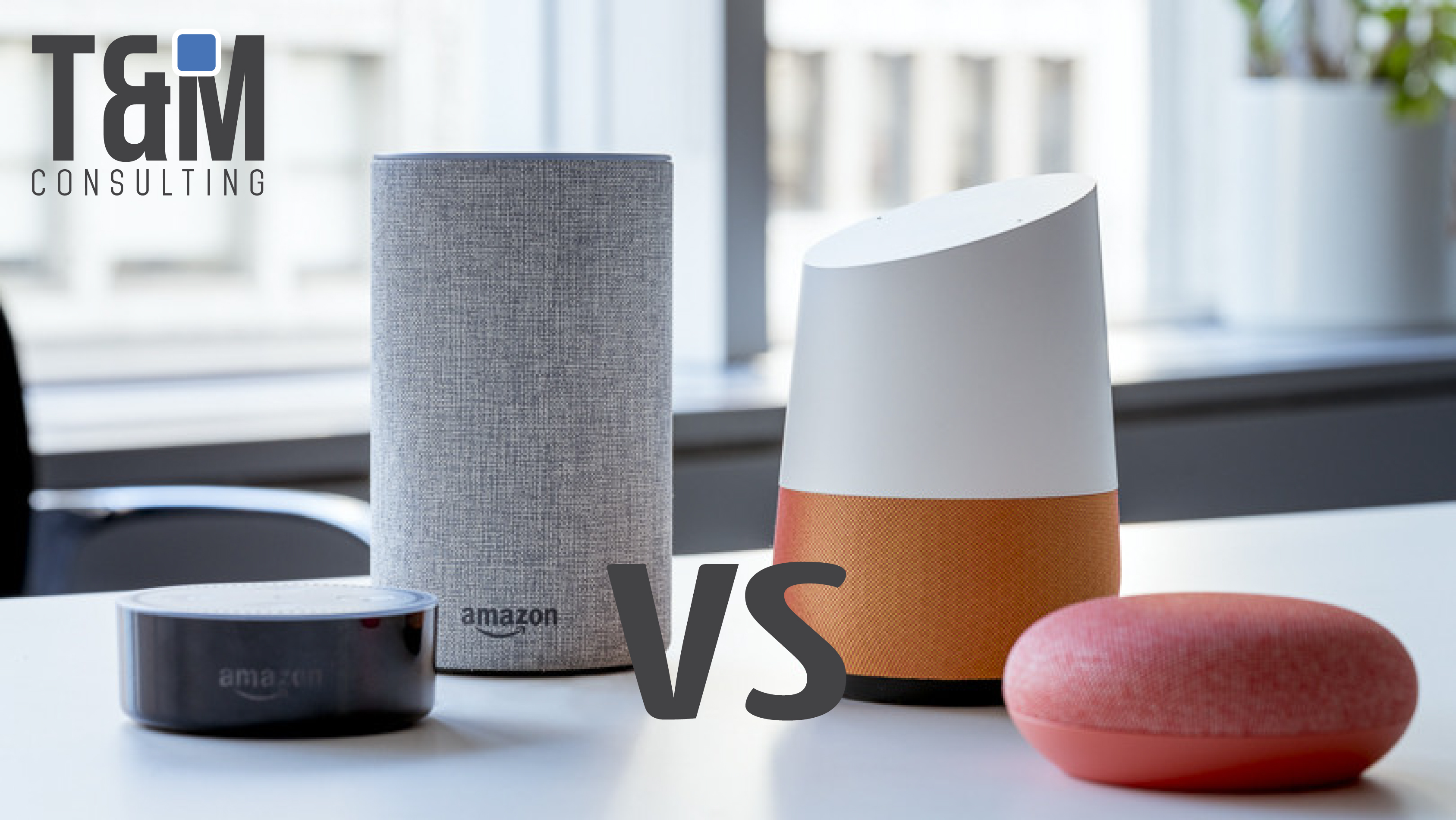Over the next decade, “self-driving” as a feature of transportation will become as common as cruise control. Self-driving cars represent a significant new opportunity like any new technology. But they also mean significant new risks. Before AVs can become ubiquitous, they will first need to be regulated. And regulating self-driving cars remains a complicated challenge.
The Mainstream
The AV technology builds on many existing innovations impacting related industries including the machine automation, IT’s, autopilot and GPS. There is an analogy that makes driverless cars less inexplicable. The first technolgy that change the way that humans move was the elevator. Elevators transformed how humans physically move through buildings, eventually eliminating the need for human operators altogether.
As the elevators, the AV technology will transform urban mobility. The expectation is that AVs will provide needed relief to overloaded transportation systems. With driverless vehicles that will release more than 250 million hours of travel time per year. Driverless vehicles will help the traffic flow and reduce congestion automating transportation across telecommunications networks.
No more Car Ownership?
More than 3.7 billion people are living in cities today with that number set to double by 2050. Lyft and Uber are the future, then personal car ownership could become a thing of the past. Given the global rise the urban living, we can assume that alternatives to traditional car ownership will become the norm.
One key challenge for AV legislation is the issue of ownership. The current legal assumption is that AVs will be purchased and owned by customers. But what is more likely is that AVs will simply accelerate the shift to transportation-as-a-service. The fact is that the number of people getting driver’s licenses has been decreasing across every age group.
Nearly 1.3 million people die in traffic fatalities each year— 94% of these deaths are the result of human error. The hope is that or self-driving cars will significantly reduce this number by largely automating transportation. Studies suggest that AVs could save over half a million lives each decade. In addition to saving lives, self-driving cars will mean significant cost savings.
Regulating AVs
Erecting policies and regulations for self-driving cars remains a complicated challenge. The legislative progress remains gradual. At least 41 states and the District of Columbia (DC) in the United States have considered legislation related to autonomous vehicles.
The key issue is the risk. Fears remain that self-driving cars are not entirely safe. While companies can be very successful testing AVs within closed environments, they will eventually need to deploy fleets of self-driving cars on public roads at scale in order to determine their level of safety. This effectively puts the public at the center of potentially high-risk research environments.
The legislation of self-driving cars remains fragmented between state directives and voluntary guidelines. Absent federal standards, driverless cars will have some way to go before becoming mainstream. Nonetheless, forecasts suggest that there could be as many as 21 million driverless cars in the United States and 27 million in Europe over the coming decade.
Autonomous vehicles face significant hurdles, but they are coming. In 2016, GM spent $581 million to acquire Cruise Automation. Last February, Ford announced that it would be investing $1 billion in Argo AI. And of course, Tesla already offers enhanced autopilot. Transitioning to a self-driving society will take time. Smart federal oversight will be essential to getting it right.

